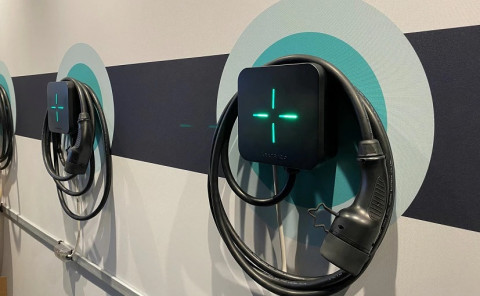Electric Vehicles (EV) charging infrastructure supplier, EarthtronEV has announced its plan to set up electric vehicle (EV) charging stations on the Delhi-NCR highways.
The company, which aims to have the largest EV charging network in India, says that the new charging stations will have a capacity of 50 charging points each. The company is also promising a quick turnaround time for those using digital platforms, in addition to superfast charging infrastructure. The first four EV charging stations will come up on the Delhi Agra Highway, Delhi Jaipur Highway, Delhi Chandigarh Highway, and Delhi Haridwar Highway.
Commenting on the launch of the EV charging station, Ashish Deswal, Founder, EarthtronEV, stated, "There are many EV stations in major cities, primarily for cabs and commercial vehicles as private EV owners usually charge at home. However, they shy away from intercity travel due to a lack of proper charging networks on highways. We aim to bridge this gap by covering all major highways in Delhi NCR. Approvals for Delhi Agra Highway have already been received from the concerned authority. Others are in the process of approvals."
EarthtronEV says that the EV industry in India is booming and has great potential, owing to the government's move to embrace cleaner and sustainable energy. The company says that there is a rising consciousness among people to use lesser polluting forms of travel. In fact, in 2021, EV sales tripled to 14,800 units and continue to show signs of growth, while in February 2022 alone electric passenger vehicle retails grew 296 percent to 2,352 units. And EarthtronEV sees this as the right opportunity to build an EV charging network in the country.
The company says that its larger goal is to connect highways and intercities by providing budget-friendly EV charging stations. These charging ports will be equipped with various facilities and offer a super-fast charging service electrifying highways and interconnecting tier-1, tier-2, and tier-3 cities.
Read More

